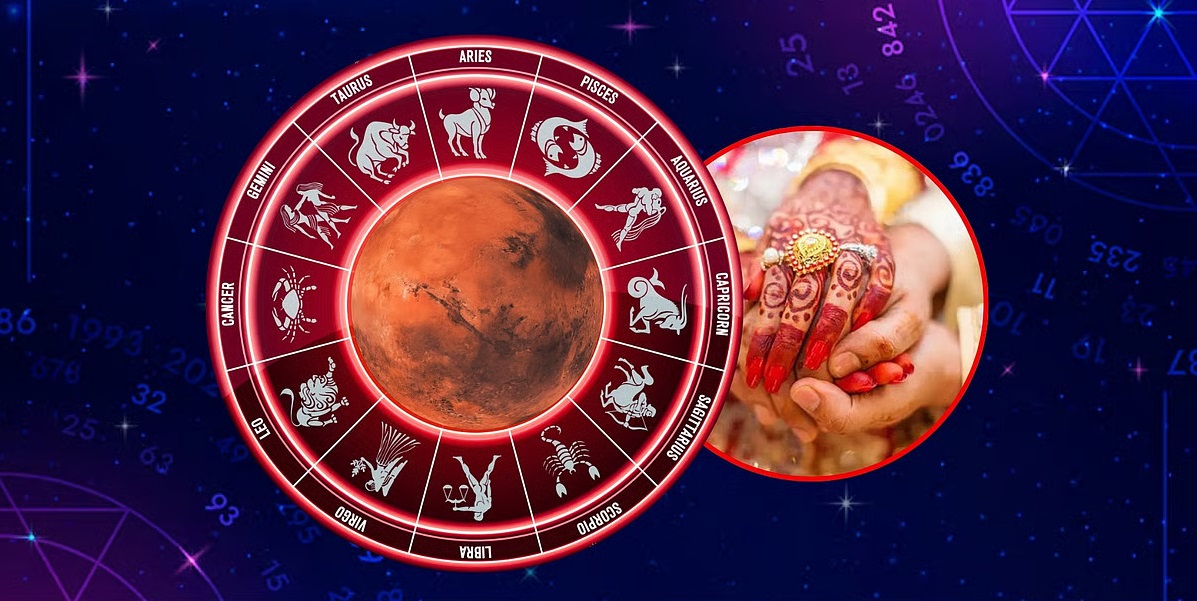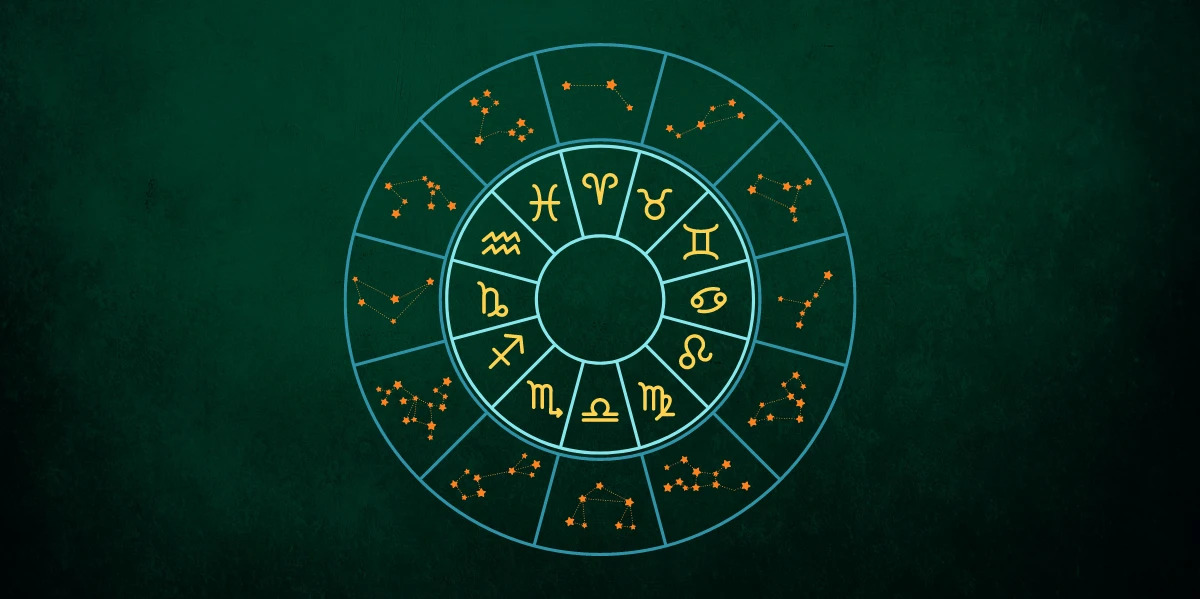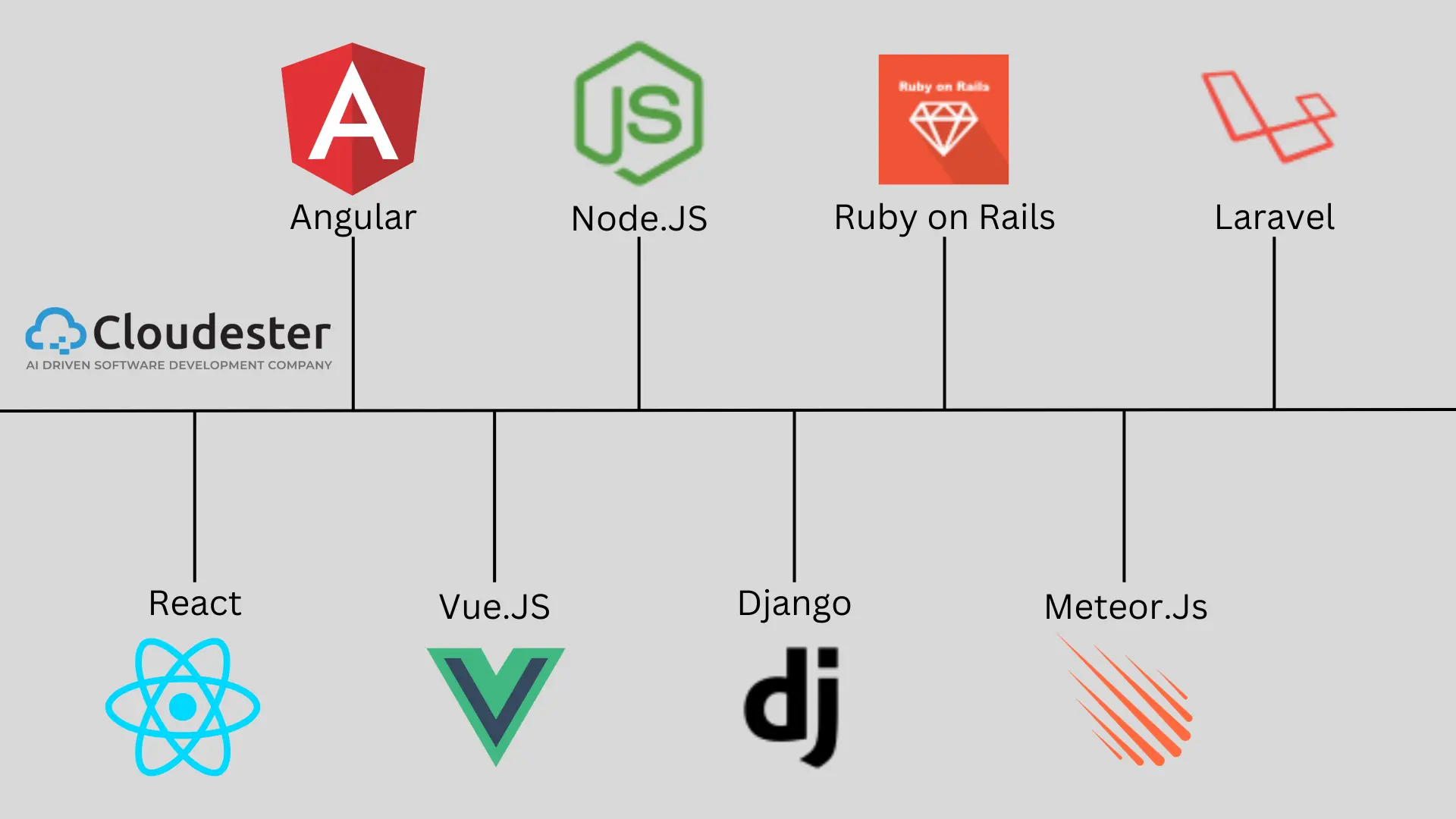Introduction
Imagine a website as a house: the structure is built with bricks and beams, but it’s the paint, decor, and furnishings that make it inviting. In the digital world, Cascading Style Sheets (CSS) is the magic that transforms plain web pages into vibrant, user-friendly experiences. CSS is the language that decides how websites look—colors, fonts, layouts, and animations—making them visually appealing and easy to navigate. Since its creation in the 1990s, CSS has become the heart of web design, shaping everything from personal blogs to global platforms like Amazon.
We’ll explore CSS in a simple, non-technical way: what it is, why it matters, and how it brings the web to life. Whether you’re curious about websites or dreaming of building one with tools like Laravel, CSS is your key to creativity.
What Is CSS?
CSS stands for Cascading Style Sheets, a term that sounds fancy but is quite straightforward. Think of a website as a document written in HTML, which organizes content like text, images, and buttons. HTML is like the skeleton, but it’s plain and boring without styling. CSS steps in to dress it up, deciding:
What color is the text?
How big are the headings?
Should images sit side by side or stacked?
Can buttons glow when you hover over them?
The “cascading” part means styles can flow like a waterfall, applying to multiple parts of a website or overriding each other based on specific rules. This makes CSS flexible, letting designers apply one style to an entire site or tweak a single button.
The Birth of CSS
CSS was born in 1994, when the web was young and chaotic. Back then, websites were clunky, with HTML doing double duty for both structure and appearance. A Norwegian visionary, Håkon Wium Lie, proposed a better way: separate how a website looks from what it says. His idea led to the first CSS standard in 1996, created by the World Wide Web Consortium (W3C), the group that sets web rules.
Early CSS was basic, handling simple tasks like changing text colors or adding borders. Over time, it grew smarter, learning to create complex layouts, animations, and mobile-friendly designs. Today, CSS is a global standard, supported by every web browser—Chrome, Firefox, Safari—and used on nearly every website you visit.
Why CSS Matters
CSS is like the artist behind a painting, making the web beautiful and functional. Here’s why it’s so important:
Makes Websites Attractive: CSS turns dull text into eye-catching designs with colors, fonts, and images that match a brand’s personality. A sleek website keeps visitors coming back.
Adapts to Any Device: Whether you’re on a phone, tablet, or laptop, CSS ensures websites look great by adjusting layouts for different screen sizes. This is crucial in 2025, when most people browse on mobiles.
Saves Time: With CSS, one rule can style hundreds of pages. Want all buttons blue? CSS does it in seconds, no need to edit every page.
Boosts Usability: CSS arranges content logically, making websites easy to navigate. It also supports accessibility, like larger text for visually impaired users.
Powers Creativity: From subtle hover effects to dazzling animations, CSS lets designers create memorable experiences, like a button that pulses or a menu that slides in.
How CSS Works
Picture CSS as a set of instructions for a website. These instructions tell the browser how to display elements like headings, paragraphs, or images. For example, CSS can say, “Make all headings bold and red,” or “Place images in a neat row.” It works by targeting specific parts of a webpage and applying styles like:
Color and Fonts: Choosing vibrant hues or elegant typography.
Layout: Arranging content in columns, grids, or stacks.
Spacing: Adding gaps between elements for a clean look.
Effects: Adding shadows, fades, or spins for interactivity.
CSS instructions are written in a separate file or section, keeping them organized and reusable. The “cascade” ensures styles apply in a smart order, so a general rule (e.g., “all text is black”) can be overridden by a specific one (e.g., “this button’s text is white”).
CSS in 2025: What’s Exciting?
In 2025, CSS is more powerful than ever, keeping pace with the web’s demands:
Mobile-First Design: CSS makes websites shine on small screens, with flexible layouts that adjust instantly.
Animations: Websites feel alive with smooth transitions, like menus that glide or images that fade in.
Smart Layouts: New tools let CSS create grids or columns that adapt to content, like a puzzle that fits perfectly.
Accessibility: CSS helps make websites usable for everyone, with features like high-contrast modes for better readability.
Speed: CSS is lightweight, helping websites load faster than heavy alternatives, which is vital for keeping users happy.
The web community loves CSS, with designers sharing creative ideas online, from glowing buttons to 3D effects, inspiring newcomers to experiment.
CSS and Web Development
CSS is a team player, working alongside HTML (for structure) and JavaScript (for interactivity). In a Laravel-based blog like ours, CSS styles the pages you see—making buttons pop, aligning blog posts, or ensuring the site looks great on your phone. It’s essential for:
Front-End Developers: Who use CSS to bring designs to life.
Designers: Who rely on CSS to match a website’s look to a brand’s vision.
Full-Stack Developers: Who pair CSS with Laravel to build complete web apps.
For example, in our blog, CSS ensures the Web Development category page is clean and inviting, with neatly spaced posts and readable text.
Challenges of CSS
CSS isn’t perfect. It can be tricky to learn advanced layouts, and different browsers sometimes interpret styles slightly differently, causing headaches. Large websites need careful planning to keep CSS organized, or it can become messy. Still, the web community offers tools and guides to make CSS easier, ensuring it’s worth the effort.
Getting Started with CSS
Want to try CSS? It’s beginner-friendly:
Explore Online: Websites like freeCodeCamp or W3Schools offer free CSS lessons.
Start Small: Play with colors or fonts on a simple webpage.
Build a Project: Style a blog post or personal site, maybe using Laravel like we do.
Join the Fun: Check out creative CSS designs online or follow web design blogs for inspiration.
For our blog, we’ll share CSS tips under Web Development, like how to make your Laravel site pop with colors or layouts.
Why CSS Matters
CSS is the unsung hero of the web, much like Sundar Pichai’s quiet leadership shaped Google. It turns raw content into experiences that delight and connect people. In 2025, as websites become more interactive and mobile-driven, CSS is the key to standing out. Whether you’re building a blog with Laravel or dreaming of a global app, CSS lets you paint the web with your vision.
So, next time you visit a stunning website, remember: CSS is the magic behind it. Dive into our Web Development category to learn more, and let CSS spark your creativity.













Recent Comments
No comments yet.